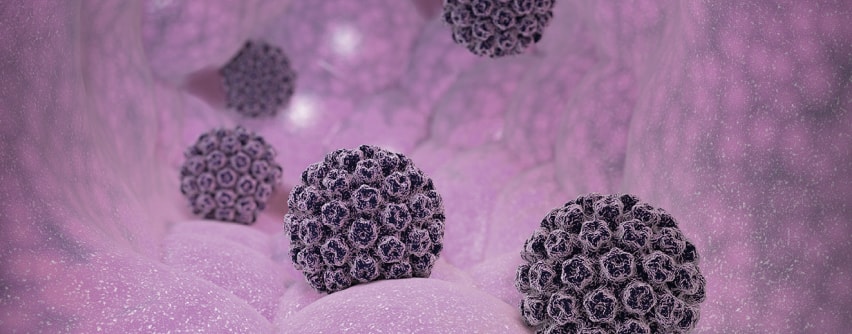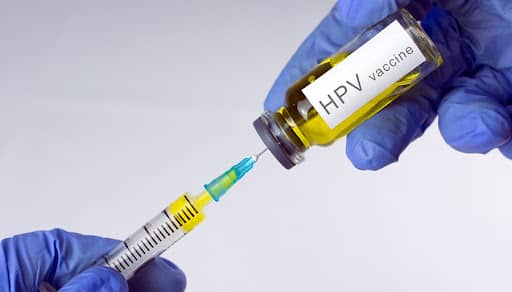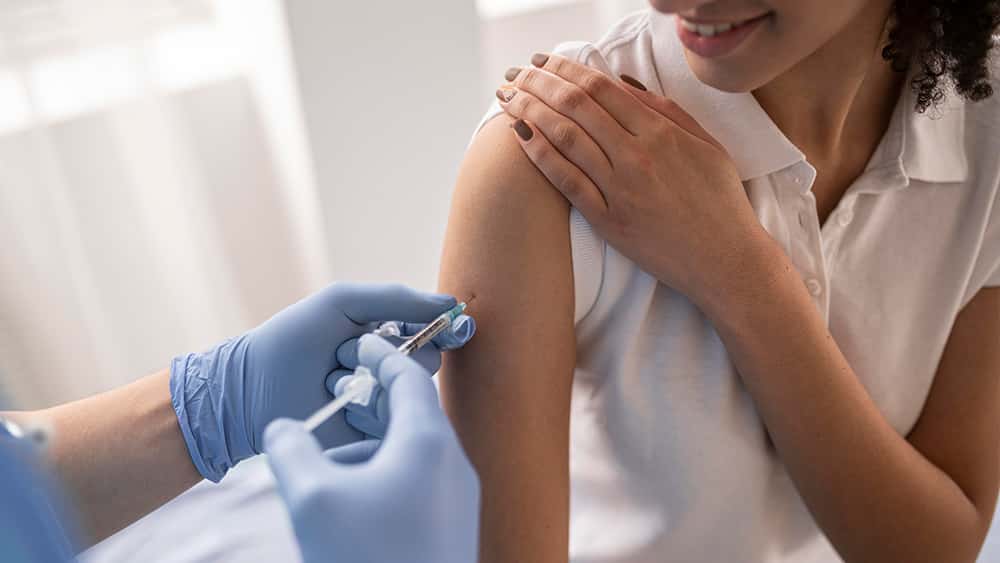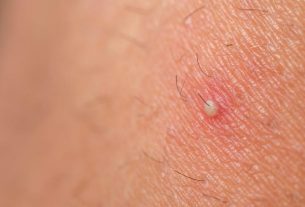The drop in HPV cancer is good news from a recent study that showed that vaccination reduced cases of the disease.
Recently, a study published in the scientific journal The Lancet gave hope to the health scenario when it comes to treating HPV. According to the research, there was a drop of around 90% in cases of cervical cancer among those vaccinated against the disease. In this sense, the drop in HPV cancers further promoted optimism and confidence in immunization. On the other hand, the issue also generated new doubts. They are related to the vaccine, the sexually transmitted infection and even the study itself.
The reason for insecurity is the lack of public information about the virus. Many wonder what it is, what its symptoms are and how to protect themselves. Therefore, to understand more about the decline in HPV cancer and HPV itself, it is important to know its characteristics. This involves treatment, how it affects men in addition to women and everything about the virus vaccine in Brazil.
In any case, in the study of the fall in cancer caused by HPV, data was collected from women aged 20 to 64, between 2006 and 2019. Thus, it became possible to analyze the impacts of the immunizer between those vaccinated and not vaccinated against HPV. The research was based on diagnoses of cervical or cervical cancer among the participants. Likewise, detections of changes in cervical cells, which may indicate a possible pre-cancer phase, were also included in the data.
Both indicators had a significant reduction after the start of the HPV immunization program, still in 2008. For example, vaccinated women aged 12 and 13, who are now in their 20s, had an incidence of cervical cancer 87% lower than women who have not been vaccinated.
The decline in HPV cancer

Likewise, it is believed that the age group in the example has a greater relationship with the effectiveness of the vaccine due to the low exposure to HPV at this age. The virus, after all, is transmitted sexually. And cervical cancer, which is the fourth type of cancer that kills most women in Brazil, is 100% related to HPV. More than 16 thousand Brazilian women end up diagnosed with the disease every year, and around 7 thousand die. Worldwide, there are 342,000 deaths per year, 90% of them in middle- or low-income countries.
HPV itself is common and prevalent in the general population. According to the National Cancer Institute (Inca), at least 80% of sexually active women and men will be infected by some type of this virus in their lifetime. In this sense, in 2017, a survey by the Ministry of Health found that 50% of young Brazilians had HPV. This is the second largest cancer-causing agent, second only to tobacco.
Therefore, it is crucial to vaccinate both women and men to help prevent not only infection, but also transmission of the virus. It also causes bodily injuries that can become cancer. Even with the reality of the danger of HPV, in Brazil, vaccination adherence is low. It is recommended for women aged 9 to 45 (except pregnant women) and men aged 9 to 26. The numbers, however, are disappointing, which means that the problem is far from over.
What is HPV and what are the symptoms

HPV, which stands for human papillomavirus, is actually a set of viruses. It can infect the skin and mucous membrane of some parts of the body, both female and male. In this sense, it is possible to mention the vulva, cervix, vagina, perianal region and penis. According to Febrasgo, there are more than 200 types of HPV. About 40 can infect the human genital tract, and 13 are oncogenic. This means that they have a high chance of developing frequent infections, which can cause cancer.
Two types of HPV are responsible for approximately 70% of cervical cancers, as well as precancerous cervical lesions: 16 and 18. Types 6 and 11, for example, are not oncogenic, but appear in 90% of lesions, such as genital condylomas and laryngeal papillomas. Types of HPV with a high risk of cancer can lead to serious lesions. However, there is prevention for the disease in almost all cases, if the lesions are identified and treated as soon as possible.
Precancerous lesions and early-stage cancer do not have exact symptoms. However, as the disease progresses, there may be bleeding, pain and discharge. Infections tend to be transient and resolve naturally most of the time. This occurs mainly among women under 30. Furthermore, according to the WHO, HPV infections can disappear due to the immune system, even without external intervention months after contracting the virus. 90% of them disappear in about 2 years.
Disease issues

Even with the possibility of it disappearing naturally, it is still essential to be careful. In this sense, factors such as genetics, immunity and sexual behavior can increase the risks of transmission, as well as the persistence of the infection. Persistent infections make the virus more serious, which is related to the immune system. Immunosuppression, as in the case of patients with HIV, kidney transplant recipients, smokers and those who use corticosteroids have a greater chance of contracting HPV, as immunity is lower.
Be that as it may, sex is still the main route of infection. However, it can also occur due to direct contact with infected skin or mucosa. In addition to the intimate region that is usually affected, the mouth and throat are also on the list. Furthermore, HPV may not always cause warts or lesions. This way, without symptoms, the virus can still be transmitted to the sexual partner without either of them knowing.
In the case of the presence of lesions, there are two types: clinical and subclinical. The clinic has visible manifestations, such as warts known as “cockscombs”, of different sizes, locations and extensions. The diagnosis occurs during a clinical examination in consultations with doctors specializing in the intimate region. The subclinical category requires laboratory tests, such as molecular biology, cytopathology and histopathology. Magnifying glasses can also help visualize the affected parts.
HPV prevention

Despite the issue of the decline in cancer due to HPV, the virus is not limited to cervical cancer. It is also associated with other types of cancer, such as vulva, vagina, head, neck and anus. To prevent this and other sexually transmitted infections, first of all, it is essential to use a condom during intimate contact. It reduces the area of exposure, but even so, transmission can occur even without penetration.
Therefore, in addition to using condoms, getting vaccinated against HPV remains even more important. This must occur even before the start of sexual life. Health bodies recommend vaccinating women aged 9 to 45, and men aged 9 to 26. For HIV, cancer or transplant patients, also between 9 and 26 years old. Routine preventive exams, such as Pap smears, can detect lesions before they worsen, and are also crucial for preventing the disease. In Brazil, such exams are free through SUS.S
Vaccination against the virus

In Brazil, there are two vaccines available against HPV, both approved by Anvisa. They are the bivalent, which is used for high-risk HPV types, such as 16 and 18, and the quadrivalent, for types 6, 11, 16 and 18. The vaccine is offered free of charge by the SUS in two doses at intervals. of 6 months, for girls aged 9 to 14 and boys aged 11 to 14. Immunosuppressed women aged up to 45 and young people with HIV-Aids also receive the vaccine free of charge. In private clinics, for any age, the vaccine costs more than R$400.00.
On the other hand, it is not recommended to vaccinate three groups against HPV: those who presented anaphylaxis in the first dose, those who are allergic to any of the components of the vaccine and, mainly, pregnant women. During pregnancy, immunity is reduced, which causes HPV lesions to appear naturally. A patient may have dormant HPV, and in the normal process of lowering immunity, some damage may appear. The mother can still transmit a condition to the newborn’s larynx, such as recurrent laryngeal papillomatosis.

Sign up for our newsletter and stay up to date with exclusive news
that can transform your routine!
Warning: Undefined array key "title" in /home/storelat/public_html/wp-content/plugins/link-whisper-premium/templates/frontend/related-posts.php on line 12
Warning: Undefined array key "title_tag" in /home/storelat/public_html/wp-content/plugins/link-whisper-premium/templates/frontend/related-posts.php on line 13




